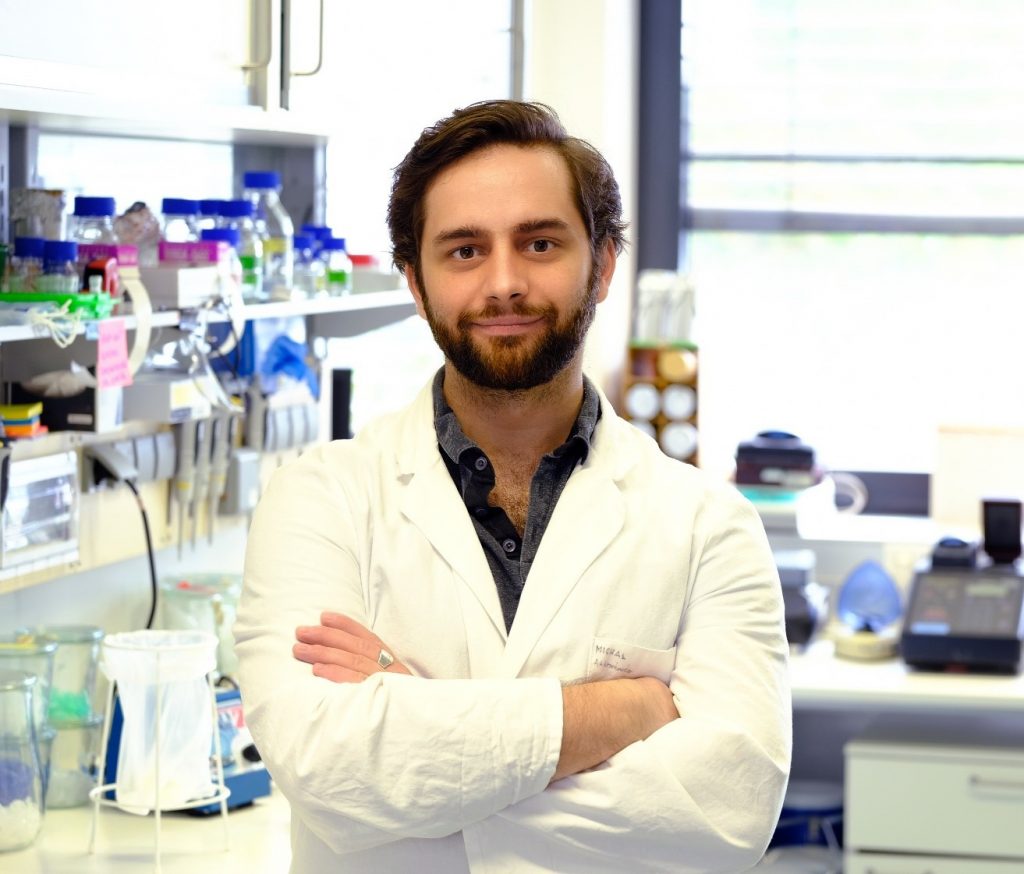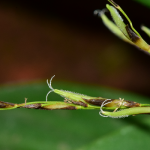Recognizing Plant Physiology author Michał Uflewski

 Michał Uflewski, co-first author of Functional characterization of proton antiport regulation in the thylakoid membrane
Michał Uflewski, co-first author of Functional characterization of proton antiport regulation in the thylakoid membrane
Education: B.Sc. in Biotechnology and M.Sc. in Biotechnology and Molecular Biology at the Wrocław University
Current position: PhD student, Max Planck Institute of Molecular Plant Physiology, Germany
Non-Scientific Interests: Science Fiction, Video Gaming, Guitar Playing, Biking, Kayaking
Brief Biography: My journey with plant sciences started during my bachelor thesis project at the Molecular Cell Biology group at Wrocław University. My thesis focused on characterizing the function of m-AAA proteases and changes in the mitochondrial proteome of Arabidopsis thaliana plants lacking these proteins. After I obtained my B.Sc. degree in 2014, I temporarily switched to working with animal cells for my master’s thesis. During my thesis work at the department of Cell Pathology of the University of Wrocław, I characterized the effect of selected kinases inhibitors on the progression of human melanoma cells. After my graduation in 2016, I decided to return to study plants and applied with an Erasmus fellowship at the Max Planck Institute of Molecular Plant Physiology, a very renowned plant research institution. Here, I worked in the group of Ute Armbruster, which studies the regulation of photosynthesis on molecular level. After half a year of enthusiastic work in this group, I was given the opportunity to start my PhD and research the K+ Efflux Antiporter 3 (KEA3)-mediated response of photosynthesis during light fluctuations. Since then, I have achieved great experience in a wide range of biochemical methods, which are used to study protein metabolite interaction, spectroscopic methods to characterize plant photosynthesis and microscopy. My work provides answers to how KEA3 is regulated and integrated into photosynthesis. In the future, I would like to use my set of skills to broadly study photosynthetic regulation and discover novel regulatory mechanisms involved in plant fitness and metabolism.



